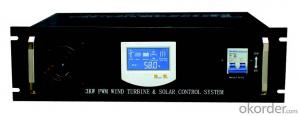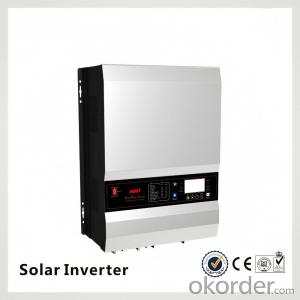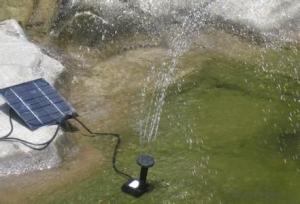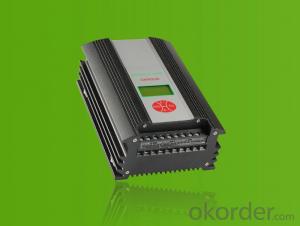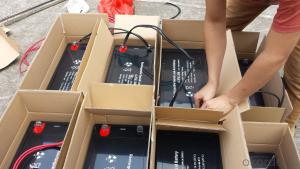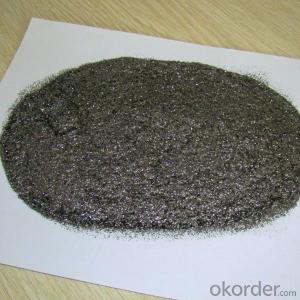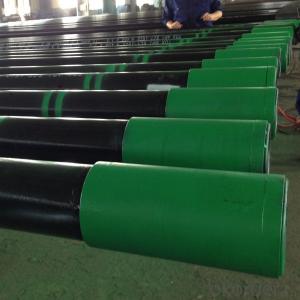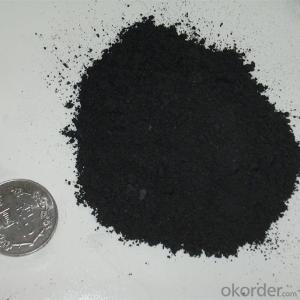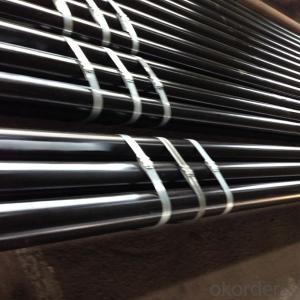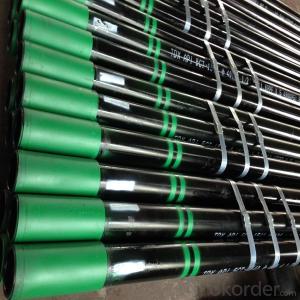Hybrid Solar Power Inverter
Hybrid Solar Power Inverter Related Searches
Hybrid Solar Inverter Solar Hybrid Inverter Solar Inverter Hybrid Inverter Solar Hybrid Hybrid Inverter Solar Inverter Hybrid Solar Solar System Hybrid Inverter Hybrid Solar Charger Inverter Solar Panel Hybrid Inverter Hybrid Solar Inverter System Smart Hybrid Solar Inverter Buy Hybrid Solar Inverter Hybrid Inverter Solar System Hybrid Solar Inverter Charger Solar Hybrid Inverter System Hybrid Inverter Solar Panel Hybrid Inverter Charger Solar Hybrid Solar Inverter 48v Best Hybrid Solar Inverter Solar Hybrid Pcu Inverter Best Solar Hybrid Inverter Solar Edge Hybrid Inverter 12v Hybrid Solar Inverter Tesla Hybrid Solar Inverter Solar Hybrid Inverter 48v Hybrid Solar Inverter 24v Power Solar Inverter Solar Powered Power Inverter Solar Energy Power Inverter Hybrid Solar Inverter PriceHybrid Solar Power Inverter Supplier & Manufacturer from China
Hybrid Solar Power Inverters are advanced electrical devices that combine the functionalities of solar charge controllers and inverters, allowing for efficient energy management in solar power systems. These inverters are specifically designed to convert DC power generated by solar panels into AC power, which can be used to power various household appliances and devices. They play a crucial role in ensuring a reliable and continuous supply of electricity, especially in off-grid or remote areas where access to traditional power sources may be limited.The application and usage scenarios of Hybrid Solar Power Inverters are diverse, making them suitable for a wide range of environments and purposes. They are commonly used in residential, commercial, and industrial settings, where they provide a sustainable and eco-friendly alternative to traditional power sources. In addition to powering homes and businesses, these inverters can also be utilized in off-grid applications such as solar street lighting, remote monitoring systems, and telecommunication equipment. They are also popular in recreational vehicles, boats, and other mobile applications where a reliable power supply is essential.
Okorder.com is a reputable wholesale supplier of Hybrid Solar Power Inverters, offering a vast inventory of high-quality products to cater to the varying needs of customers worldwide. With a commitment to providing top-notch customer service and support, Okorder.com ensures that customers receive the best possible experience when purchasing these essential solar power components. Their extensive selection of Hybrid Solar Power Inverters ensures that customers can find the perfect fit for their specific requirements, whether they are looking for a compact unit for a small-scale solar project or a more robust model for larger, industrial applications.
Hot Products













